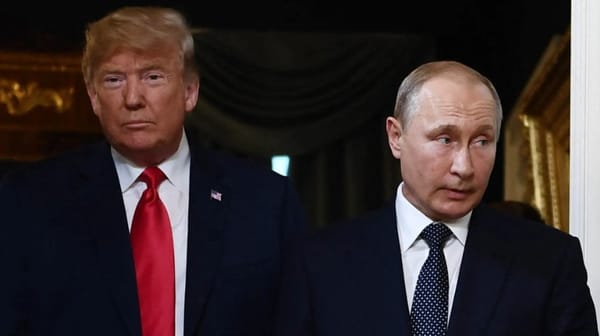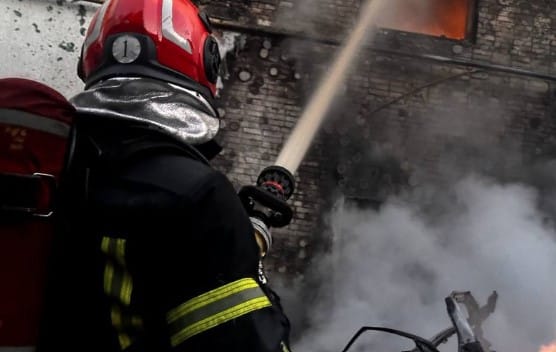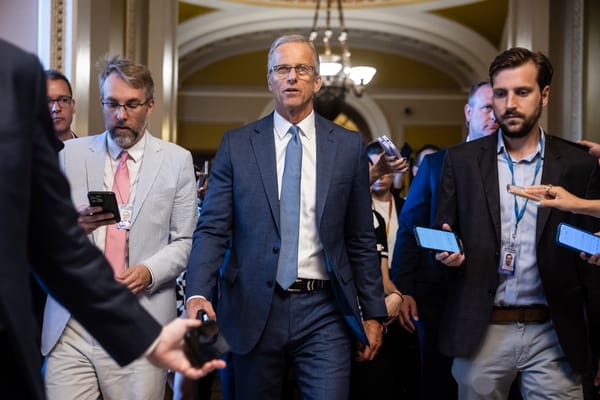Zimbabwe’s Nationwide Protests: Mounting Resistance Against President Mnangagwa

On March 31, 2025, Zimbabwe witnessed a nationwide stayaway protest against President Emmerson Mnangagwa’s administration, marking one of the most significant political challenges to his rule since he ascended to power following a coup in 2017. The protests, organized by war veterans and factions within the ruling ZANU-PF party, reflect growing dissatisfaction with economic mismanagement, corruption, and political repression under Mnangagwa’s leadership. While the demonstrations were largely peaceful, they underscored the deepening political and economic crisis gripping the nation.
Background: A Nation in Crisis
Zimbabwe’s political and economic instability has worsened over the past two decades. The country has faced:
- Economic Collapse: Hyperinflation has rendered the local currency nearly worthless, forcing millions into poverty. Over 80% of the workforce operates within the informal economy, characterized by low wages and minimal job security.
- Corruption: Allegations of systemic corruption within Mnangagwa’s government have eroded public trust.
- Political Repression: Dubious elections and crackdowns on dissent have tarnished Zimbabwe’s international reputation, leading to sanctions from countries like the United States.
When Mnangagwa ousted long-time ruler Robert Mugabe in 2017, he promised democratic reforms and economic recovery. However, eight years later, these promises remain unfulfilled. Instead, Mnangagwa’s administration has been accused of consolidating power while failing to utilize Zimbabwe’s abundant mineral resources for meaningful development.
The Protest Movement
The March 31 protests were spearheaded by war veterans aligned with Vice President Constantino Chiwenga’s faction within ZANU-PF. Known as the "Geza Revolution," named after war veteran leader Blessed Geza, the movement called for Mnangagwa’s resignation and rejected proposals to extend his presidency beyond his second term set to end in 2028.
Key Features of the Protest
- Nationwide Stayaway: Urban centers across Zimbabwe—from Harare and Bulawayo to smaller cities like Gweru and Masvingo—were largely deserted as businesses, schools, and public institutions shut down.
- Public Participation: Despite fears of violence, citizens heeded calls to stay home in a bold display of discontent with Mnangagwa’s rule.
- Factionalism: The protests highlight intensifying divisions within ZANU-PF as rival camps loyal to Mnangagwa and Chiwenga clash over leadership succession.
Security Measures
In anticipation of unrest, Mnangagwa deployed heavily armed police and military personnel across major cities. Tear gas was used to disperse small groups attempting to march in Harare’s western suburbs. Businesses fortified their locations with barricades, while car dealerships emptied their showrooms.
Economic Impacts
The stayaway delivered a heavy blow to Zimbabwe’s fragile economy:
- Commercial Shutdown: Shops, markets, and informal vendors—critical lifelines for millions—remained inactive.
- Currency Instability: The local currency continues to lose value amid inflation and loss of confidence.
- Public Frustration: Citizens expressed anger at rising unemployment and deteriorating living conditions.
Political analyst Ibbo Mandaza described the stayaway as “a powerful declaration from the people,” signaling widespread discontent with Mnangagwa’s leadership.
Factional Struggles Within ZANU-PF
The protests underscore growing factionalism within ZANU-PF:
- Chiwenga’s Role: Vice President Constantino Chiwenga has long been seen as a potential successor to Mnangagwa. His faction has gained support from war veterans who accuse Mnangagwa of failing the country.
- Constitutional Amendment Controversy: Earlier this year, ZANU-PF proposed amending the constitution to allow Mnangagwa a third term in office—a move that sparked outrage even within his own party.
- War Veterans’ Shift: Once staunch allies of Mnangagwa, war veterans now demand his resignation and back Chiwenga’s camp.
Blessed Geza, leader of the veterans behind the protests, accused Mnangagwa of exploiting his authority for personal gain. Geza remains in hiding following accusations of treason but continues to mobilize supporters through social media.
Mnangagwa's Response
President Mnangagwa has dismissed calls for his resignation as “treasonous” and vowed to crush opposition:
- Security Crackdown: Recent dismissals of key security officials—including army commander Lt-Gen Anselem Sanyatwe—are seen as efforts to prevent a military coup.
- Denial of Third-Term Intentions: While publicly denying plans to extend his presidency beyond 2028, critics accuse him of orchestrating this through intermediaries.
- Downplaying Protests: Government officials described Monday's protests as “tranquil,” urging citizens to resume their daily routines.
Despite these measures, analysts warn that public frustration is mounting and could lead to larger unrest in the future.
Opposition Dynamics
Zimbabwe's main opposition leader Nelson Chamisa was notably absent from the protests. Sources close to Chamisa suggest he is wary of aligning with factional ZANU-PF struggles, preferring instead to build a broad-based national movement demanding democratic change.
Chamisa’s allies fear a repeat of November 2017 when public discontent was exploited by the military to remove Mugabe—only for another ZANU-PF leader (Mnangagwa) to take power.
International Reactions
Zimbabwe's political crisis has drawn attention from international observers:
- Sanctions: The United States continues to enforce targeted sanctions against members of Zimbabwe’s ruling elite.
- Regional Concerns: Neighboring countries are grappling with increasing migrant populations as Zimbabweans flee economic hardship.
- Global Pressure: Human rights organizations have called for greater accountability from Mnangagwa’s administration.
Future Outlook
As tensions escalate in Zimbabwe, several key questions remain:
- Will Protests Expand?
The March 31 stayaway may signal the beginning of larger resistance movements if public frustration continues to grow. - Can ZANU-PF Resolve Internal Divisions?
Factional struggles within ZANU-PF could destabilize governance further unless addressed through dialogue or leadership changes. - What Role Will Security Forces Play?
The military remains a key power broker in Zimbabwean politics; its stance will be critical in shaping future developments. - Will Economic Reforms Materialize?
Without meaningful reforms addressing inflation and unemployment, Zimbabwe’s economic crisis is unlikely to abate.
Conclusion
The March 31 protests represent a pivotal moment for Zimbabwe as citizens voice their discontent with President Emmerson Mnangagwa’s administration amid worsening economic conditions and political repression. While the demonstrations were largely peaceful, they underscore deep-seated frustrations that could fuel larger movements demanding change.
Mnangagwa faces mounting pressure not only from opposition forces but also from factions within his own party—a rare convergence that highlights growing instability in Zimbabwe's political landscape. As calls for reform intensify both domestically and internationally, how Mnangagwa navigates this crisis will determine whether Zimbabwe moves toward greater stability or deeper turmoil.
For now, one thing is clear: Zimbabweans are demanding accountability—and their voices are becoming harder to ignore.




